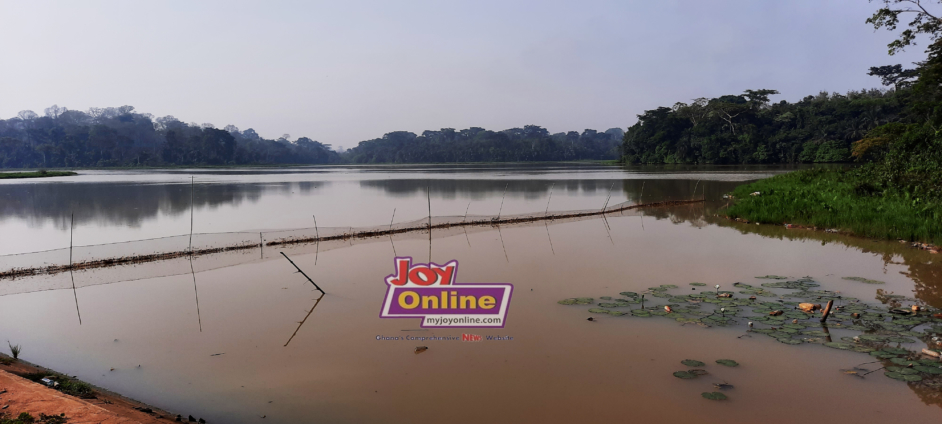A water crisis looms in Kumasi as encroachers threaten the life of two major dams that provide water to residents.
The Barekese and Owabi Dams supply about 36 million gallons of water daily to Kumasi and environs.
But the dams are producing under capacity due to siltation and other forms of pollution caused by sand winning, illegal tree felling, farming and new human settlements.
Encroachers have constructed residential facilities on the catchment of the Owabi Dam, destroying more than half of the over 41,000 acres of land on the catchment of the 13-kilometre square Owabi Dam.
Communities like New Koforidua have sprung up close to the dam’s buffer. Only the forest reserve managed and supervised by the Forestry Commission remains untouched.
The Commission has had to deploy guards to patrol on the forest's boundary day and night to ward-off encroachers to protect the forest's virginity.
Park Manager, Patience Apasenaba recounted how few personnel there have been struggling to protect that national asset.
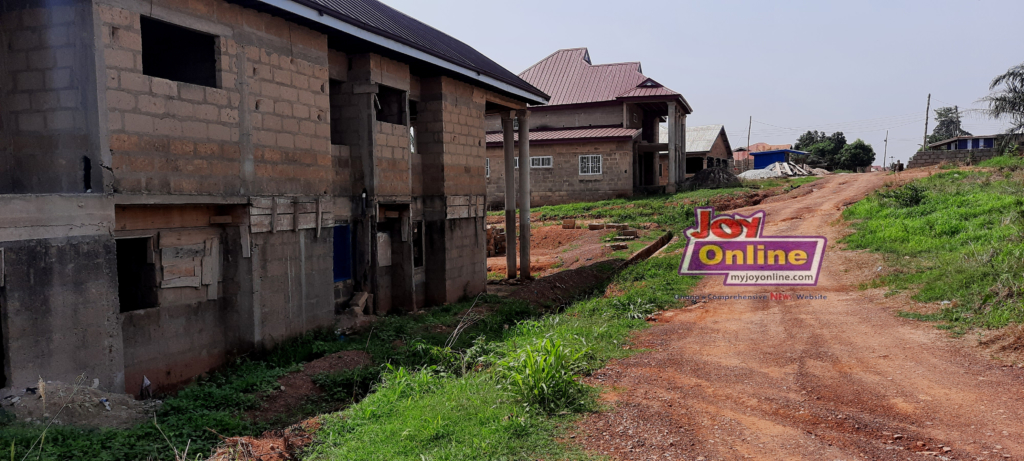
"People have built very close to the reserve. At a point, there's pressure on our men because if we are not active, they [encroachers] would be coming to the forest that is protecting this water," she said.
The encroachers are causing the two facilities to produce below capacity.
The current supply shortfall at the two dams stands at over 12 million gallons of water daily.
Siltation has caused the depth of the dam to reduce drastically from initial 22.5 feet to 6.5 feet.
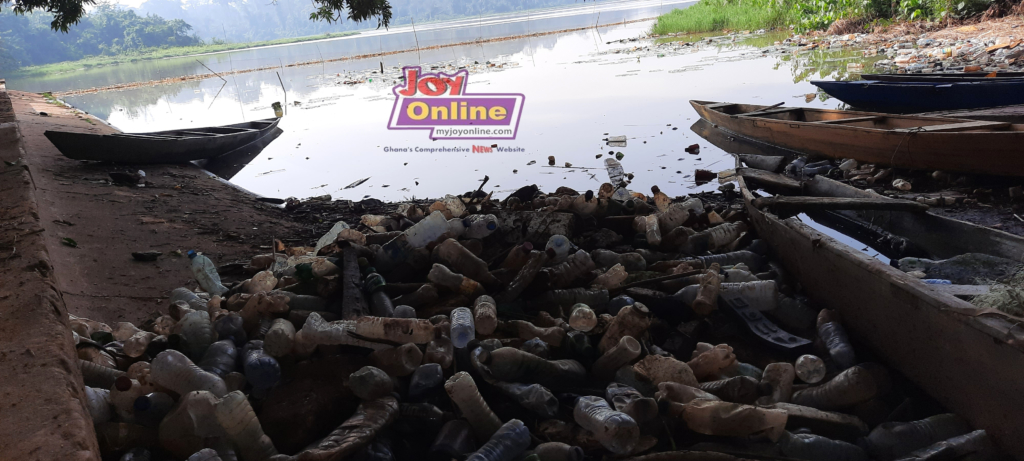
As if that is not enough, large volumes of plastic wastes drawn from nearby communities through tributaries end up in the dam.
This means an increase in the cost of treatment of water by the Ghana Water Company Limited.
"Due to the activities of encroachers, they have polluted the water heavily. So this has increased the cost of treatment or producing the water," says Alfred Galenku, the Station Manager at the Owabi Dam.
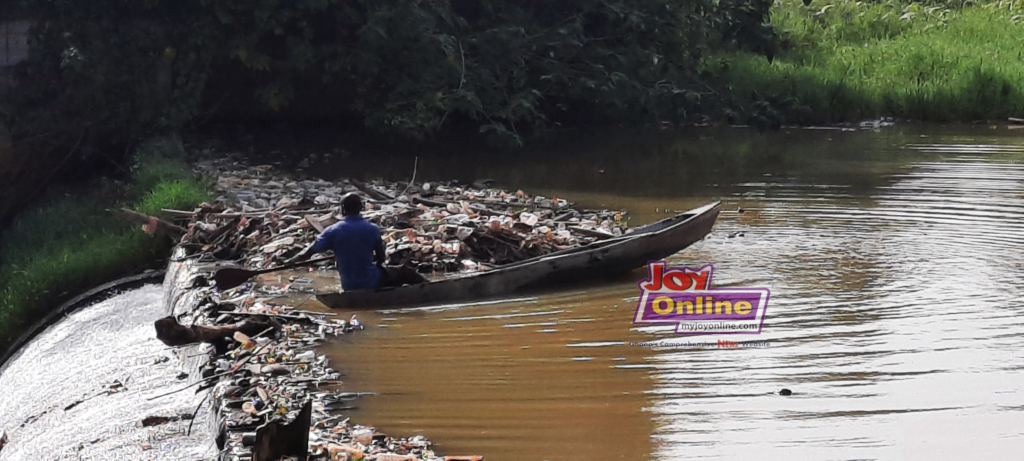
"Originally, the depth of the dam was 22.5 but recently, it has reduced to 6.5 feet cube. It is due to activities of sand winning and felling of trees. About half of the forest cover has been disrupted," Mr. Galenku added.
Officials of the Forestry and Lands Commissions visited the affected areas after a meeting with the Ashanti Regional Security Council to resolve the issue.
Chief Executive of the Forestry Commission, John Allotey, says the menace should be tackled through collaboration as a matter of urgency.
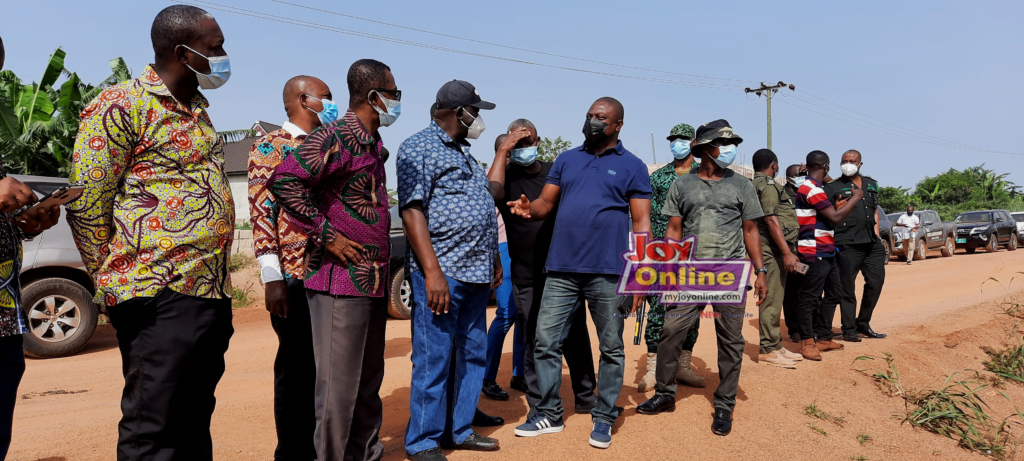
"We are trying to bring all the agencies like Lands [Commission], Water Resources Commission, the Ministry [ of Lands] itself led by the Minister Samuel Jnapor as well as the chiefs and then we will try to get a strategy in place to be able to prevent further encroachment".
Executive Secretary of the Lands Commission, Sulemana Mahama, commended some chiefs in the area for helping to protect the water bodies.
He called for public support to deal with the threat to the dams.
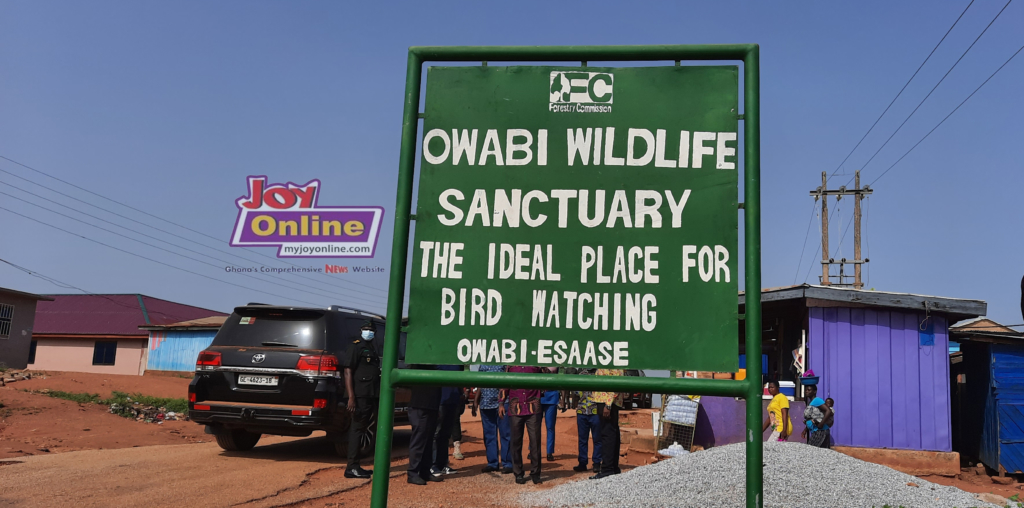
"There are some good chiefs; for example, Nana Nsuase Opoku-Agyemang who currently is Otumfuo's Akyeamehene. For example, if you go his area, there is no encroachment at all. So it means that when the chiefs understand and are encouraged that about 20% of the water supplied to Kumasi comes from the Owabi Dam and these activities go to silt up the dam and then make it expensive to purify the water for us, at least it will save the Ghana Water Company and government at large from utilising so much water."
The story at the Barekese Dam is no exception as mining, farming, illegal logging , among others in restricted catchment of the dam continue to pose serious threat to its existence.
Without an immediate intervention to halt illegal human activities around the dams, a water crisis looms in parts of the Ashanti region.
Latest Stories
-
19 steps for getting over even the most devastating breakup fast
49 mins -
8th Ghana CEO Summit launched with focus on AI transformation, economic diversification
51 mins -
Prof Opoku-Agyemang has not been given a fair appraisal – Ablakwa
1 hour -
Rainstorm wreaks havoc in Keta and Anloga districts, residents count their losses
1 hour -
Global Plastics Treaty negotiations begin in Ottawa as countries converge on phasing out problematic plastic uses
1 hour -
Support energy alternatives adoption to sustain businesses – GUTA tells government
1 hour -
11th DRIF opens in Accra with a call on governments to focus on digital inclusion
2 hours -
Stakeholders outline plans at RE4C Coalition’s General Assembly in Accra
2 hours -
Women Need ‘shock observers’ for active political participation – Ex-Bauchi Assembly Member
2 hours -
2024 polls: Stop fighting over positions in Mahama’s next government – Asiedu Nketiah
2 hours -
Although people may not always listen to the lyrics, there’s still a market for rap in Ghana – E.L.
2 hours -
Passengers appeal to transport operators to officially announce new fares
2 hours -
Damongo: About 400 NPP Members resign over Minister’s alleged meddling in chieftaincy affairs
3 hours -
Next NDC government will pay special attention to women – Naana Opoku-Agyemang
3 hours -
Amerado is singing and it’s good he’s doing that – Lyrical Joe
3 hours

